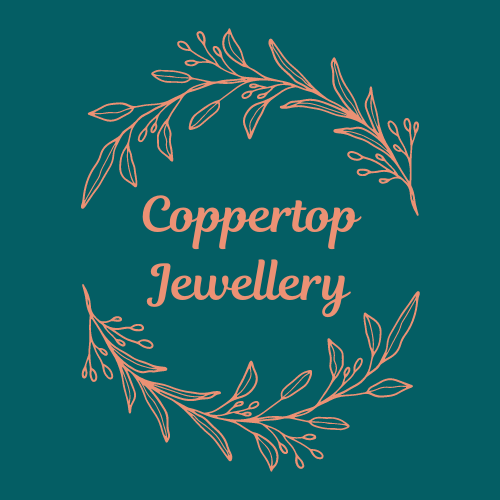What is Precious Metal Clay?

✨ What is Precious Metal Clay?
Precious Metal Clay (PMC), also known as metal clay, is a creative marvel made by blending ultra-fine metal particles such as silver, copper or gold with an organic binder and water. It behaves like pliable modeling clay, allowing artists to roll, sculpt, carve, or use moulds to create intricate designs and you don’t need traditional silversmithing tools (amcaw.org).
🕰️ A Brief History
- Invented in 1990s Japan by Mitsubishi Materials in Sanda, the material was created as a more accessible way for jewellery makers to work with precious metals (silversmithing.com).
- The first experiments used 24k gold, then fine silver, resulting in fine ceremonial objects (amcaw.org).
- Art Clay Silver (ACS) followed in 1995, designed from recycled metals, and launched at Tokyu Hands in Tokyo (artclay.co.jp).
🧪 How It's Made & Recycled
- Metal grind – Precious metals, often from recycled sources like flatware, are milled into particles under 20 microns .
- Mixed with binder – A non-toxic, water-soluble organic binder and water convert it into workable clay.
- Firing process – Clay dries, binder burns off in kiln or torch, metal sinters into solid forms (with shrinkage of 8–30%).
🌿 Recycling & Sustainability
- Metal clay often starts from recycled precious metal sources such as electronics, photographs, xrays, making it eco-friendly and responsible.
- Leftovers can be kneaded back into reusable clay, and any dust can be saved, rehydrated, and recycled, ensuring minimal waste.
✂️ Forms & Techniques
PMC’s versatility shines across many formats and techniques:
- Soft lump clay – Sculpt, roll, press, cut, texture... similar to conventional clay.
- Paste/slip/liquid – Ideal for joining parts, inlaying textures, and painting details.
- Sheet/clay paper – Rolled into uniform sheets; convenient for cutting shapes and fine designs.
- Two-tone & mixed metals – You can combine silver, gold, bronze, copper, steel for layered creations .

Popular Techniques
- Rolling & Texturing: Use texture mats, stamps, leaves — press them onto clay, cut shapes, dry, join, and fire.
- Hollow Forms: Build beads, charms, vases by shaping around supports, joining, drying, then firing.
- Layering Effects: Stack paste or sheet clays for two-tone pieces or use gold accents (e.g., gold paste overlays) .

🎨 Why Jewellery Makers Adore PMC
- Ease of entry: You don’t need a full bench setup — a flat surface, simple tools, and basic kiln or torch works great.
- Design flexibility: Create original free-form organic shapes or precise textured patterns.
- Compact production: From clay to fired piece within hours — no need for casting centres or long waits.
- Pure end-product: Fired silver can reach 99.9% purity, suitable for hallmarking.
🌟 Applications in Jewellery
- Textured rings and bands: Metallic hues and textures bring organic elegance.
- Botanical charms: Leaf and flower imprints capture nature’s beauty (as seen with the earrings).
- Hinged pieces: Tiny functional hinges maintain detail post-firing (take inspiration from the locket in image four).
- Two-tone accent pieces: Silver bodies with gold paste highlights for rich detailing.

🛠️ Tips & Steps for Beginners
- Plan your design – Decide if you'll use lump, sheet, or paste clay.
- Add texture – Use stamps, botanicals, or mold-making to create depth.
- Join & embellish – Use liquid clay to assemble and add layers or pieces.
- Dry fully – Let pieces reach 'greenware' state before firing (air drying or low‑heat).
- Fire carefully – Use kiln or torch as per clay instructions; watch shrinkage.
- Finish & polish – Sand, patina, or buff to bring out shine and detail.
- Recycle scraps – Don't waste — rehydrate or store scraps for next time.
🔚 Final Thoughts
Precious metal clay combines the freedom of sculptural clay with the enduring beauty of fine metal. Its eco-conscious recycling, diverse forms, and accessible techniques make it a transformative medium for jewellers and hobbyists alike. Whether you're crafting organic statements or detailed heirlooms, PMC offers endless creative possibilities.
Want to dive deeper?
- Books: Metal Clay for Jewelry Makers by Sue Heaser.
- Online Galleries: Explore Metal Clay Academy and Ganoksin for tutorials on hollow forms and multi-metal designs (ganoksin.com).
